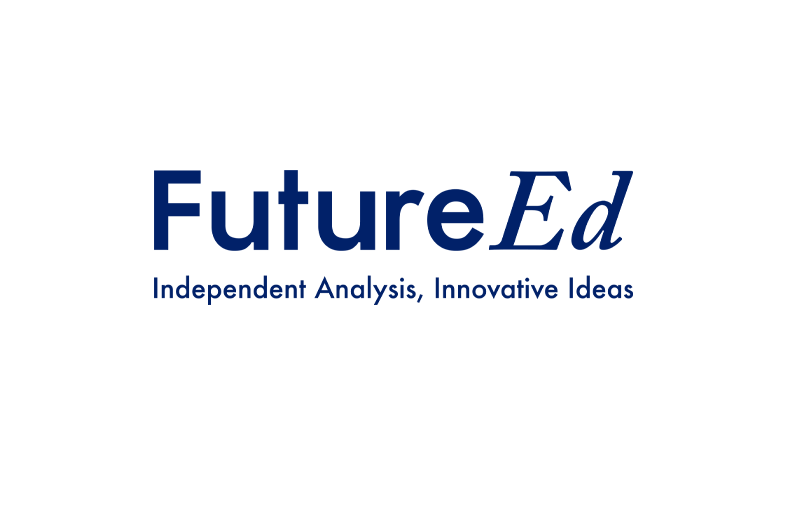
New FutureEd study explores ways to scale, sustain high-quality tutoring
Rethinking teaching, learning opens door to successful high-dosage student support, analysis of evolving tutoring landscape finds

Rethinking teaching, learning opens door to successful high-dosage student support, analysis of evolving tutoring landscape finds
Washington, D.C. — In a rare confluence of a national policy priority, robust research, and the aspirations of classroom teachers, as many as 80 percent of school districts and charter school organizations have launched tutoring programs to help students rebound from the pandemic.
The challenge now is to scale tutoring that research says gets the best results―programs with four or fewer students working with the same tutor for at least 30 minutes during the school day, three times a week for at least several months―and sustain it beyond the fast-approaching expiration of schools’ federal pandemic-relief funding.
A new FutureEd study, Learning Curve: Lessons from the Tutoring Revolution in Public Education, examines three very different ways to do that.
Researched and written by FutureEd Policy Director Liz Cohen under FutureEd’s partnership with Stanford University’s National Student Support Accelerator, the report tells the tutoring stories of schools in Baton Rouge, Louisiana; Odessa, Texas; and New York City, places where the additional support of tutors during the school day has made a significant impact on students’ well-being and academic success.
“With headlines routinely trumpeting schools’ many challenges and failures, the rise of the tutoring movement in public education is a reason for optimism,” said FutureEd Executive Director Thomas Toch.
The profiles are part of Cohen’s comprehensive analysis of the evolving tutoring landscape that also draws on dozens of interviews with tutoring providers, researchers, and school and school district leaders, teachers, and students elsewhere in the country.
“What’s particularly exciting about these efforts is the door they open to rethinking how schools run,” said Cohen.
In greater Baton Rouge, Louisiana, Teach for America’s Ignite virtual tutoring model provides students both role models and intensive academic support. In spring 2023, rural Jackson Elementary saw a 56 percent increase in the number of primary-grade students scoring proficient on their early literacy assessment.
In West Texas’ Ector County, the local school district uses outcome-based contracting to give tutoring vendors a financial incentive to deliver academic gains for students and the results have been impressive: Half the students who scored below grade-level on the previous year’s Texas state assessment and received at least 20 hours of tutoring scored at grade level or higher after one year.
In New York City’s Greenwich Village, Great Oaks Charter School has designed its entire teaching program around three dozen AmeriCorps volunteers, who work full-time in the school as tutors, mentors, and teacher assistants, strengthening instruction for struggling students and others alike.
The FutureEd report also explores the use of generative artificial intelligence in tutoring and the potential of the federal work-study program to fund the tutoring work of thousands of college students.
For more information, contact Liz Cohen: liz.cohen@georgetown.edu
This is a sponsored message and does not necessarily represent the views of the Education Writers Association, its board of directors, or its members. Want to see your release on the EWA site? Promote it with EWA.
Your post will be on the website shortly.
We will get back to you shortly